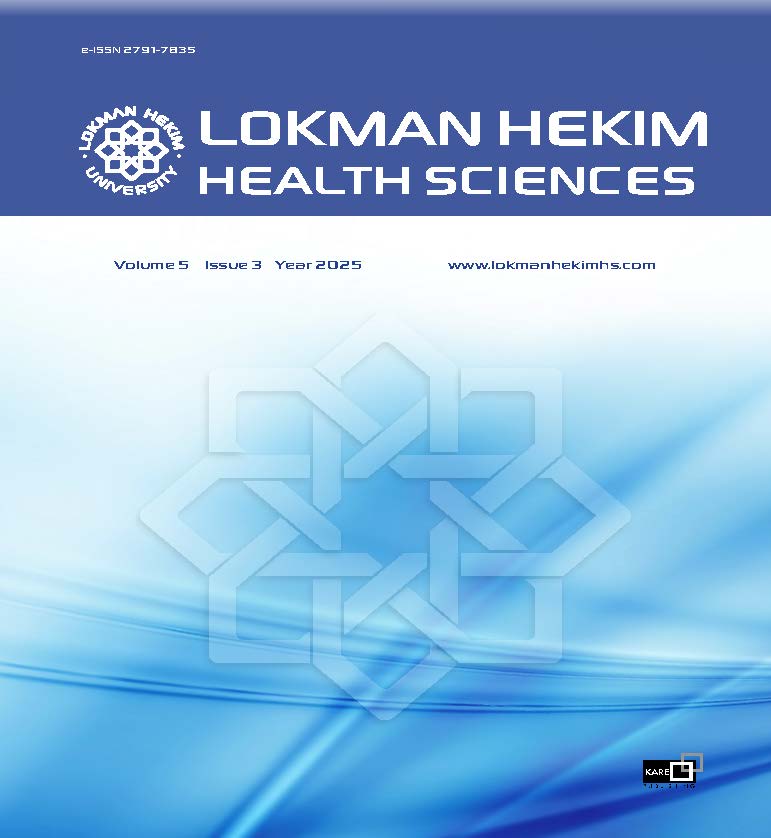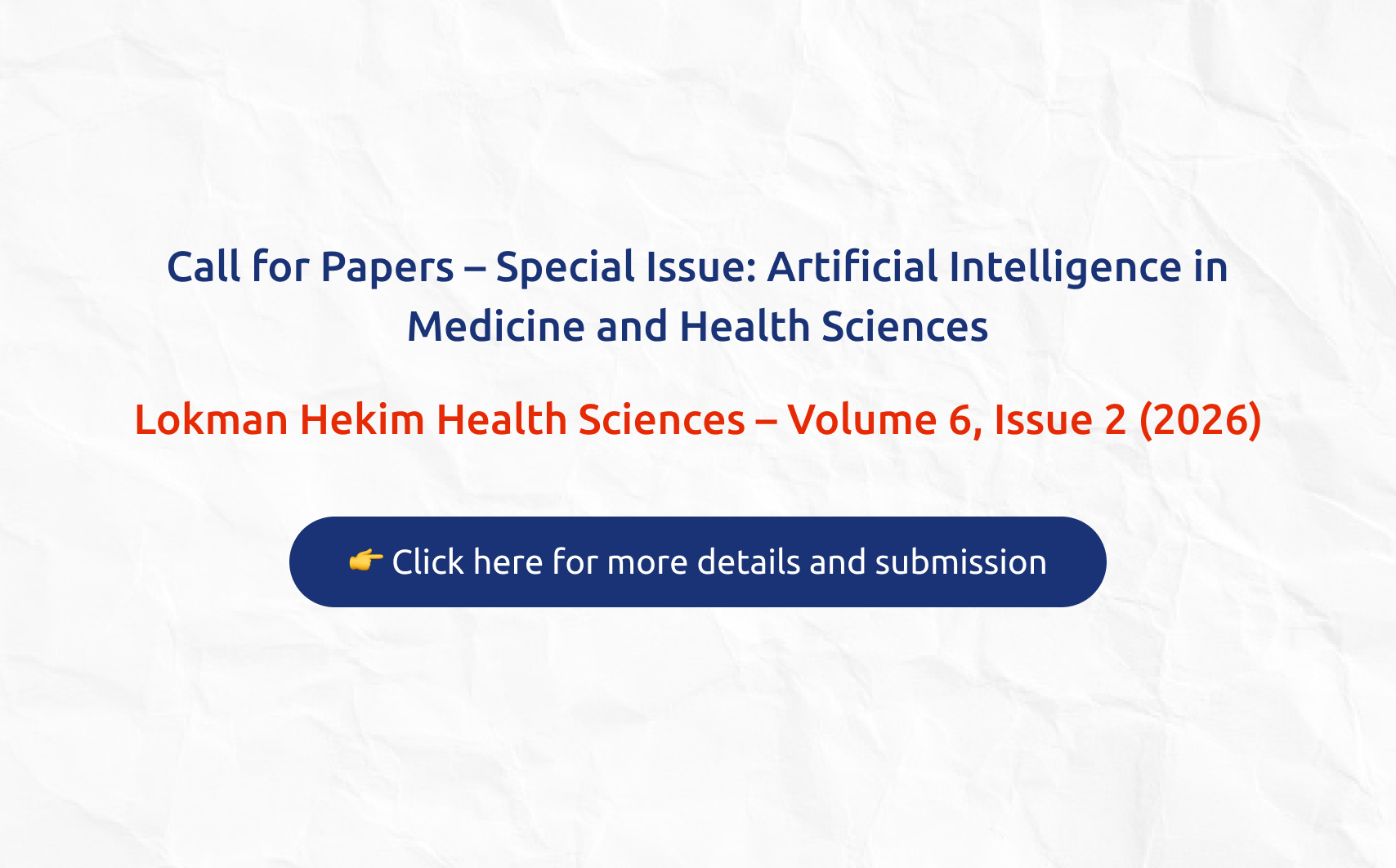2Department of Infectious Diseases and Clinical Microbiology, University of Health Sciences, Faculty of Kayseri Medicine, Kayseri City Hospital, Kayseri, Türkiye
3Department of Urology, Kayseri City Hospital, Kayseri, Türkiye
4Department of Nephrology, Kayseri City Hospital, Kayseri, Türkiye
Abstract
Introduction: Prostate cancer is a common male malignancy, and transrectal ultrasound-guided biopsy (TRUSBx) is the standard diagnostic method despite infection risks. The value of routine urine culture in asymptomatic patients remains unclear. This study aimed to evaluate pre-biopsy urine cultures in asymptomatic TRUSBx patients at a tertiary hospital, analyzing bacterial growth, isolated microorganisms, and antibiotic resistance.
Materials and Methods: This retrospective study included asymptomatic male patients aged 40–80 years who underwent TRUSBx between June 2019 and December 2024 and had a pre-biopsy urine culture. Patients with urinary catheters, recent urogenital or rectal surgery, or recent antibiotic use or hospitalization in the three months were excluded. A positive urine culture was defined as bacterial growth ≥10⁵ CFU/ml. Data were retrieved from hospital records.
Results: A total of 1548 male patients with pre-biopsy urine cultures were included in the study. The mean age was 65.2 years, and the mean PSA level was 10.2 ng/mL. Bacterial growth was detected in 66 patients (4.3%). Of these, 44 isolates (67%) were gram-negative and 22 (33%) were gram-positive. Escherichia coli was the most common gram-negative organism, while Enterococcus faecalis was the most frequently isolated gram-positive species. Among E. coli isolates, the highest resistance rate was observed against amoxicillin-clavulanate (65%), whereas resistance to fluoroquinolones was 17.4%.
Discussion and Conclusion: Bacterial growth was observed in <5% of asymptomatic males undergoing TRUSBx, with E. coli as the most common pathogen. Fluoroquinolone resistance was near the threshold, highlighting the need for local antimicrobial resistance data in prophylactic antibiotic planning.
2
3
4






 Abdullah Golbasi1
Abdullah Golbasi1 









